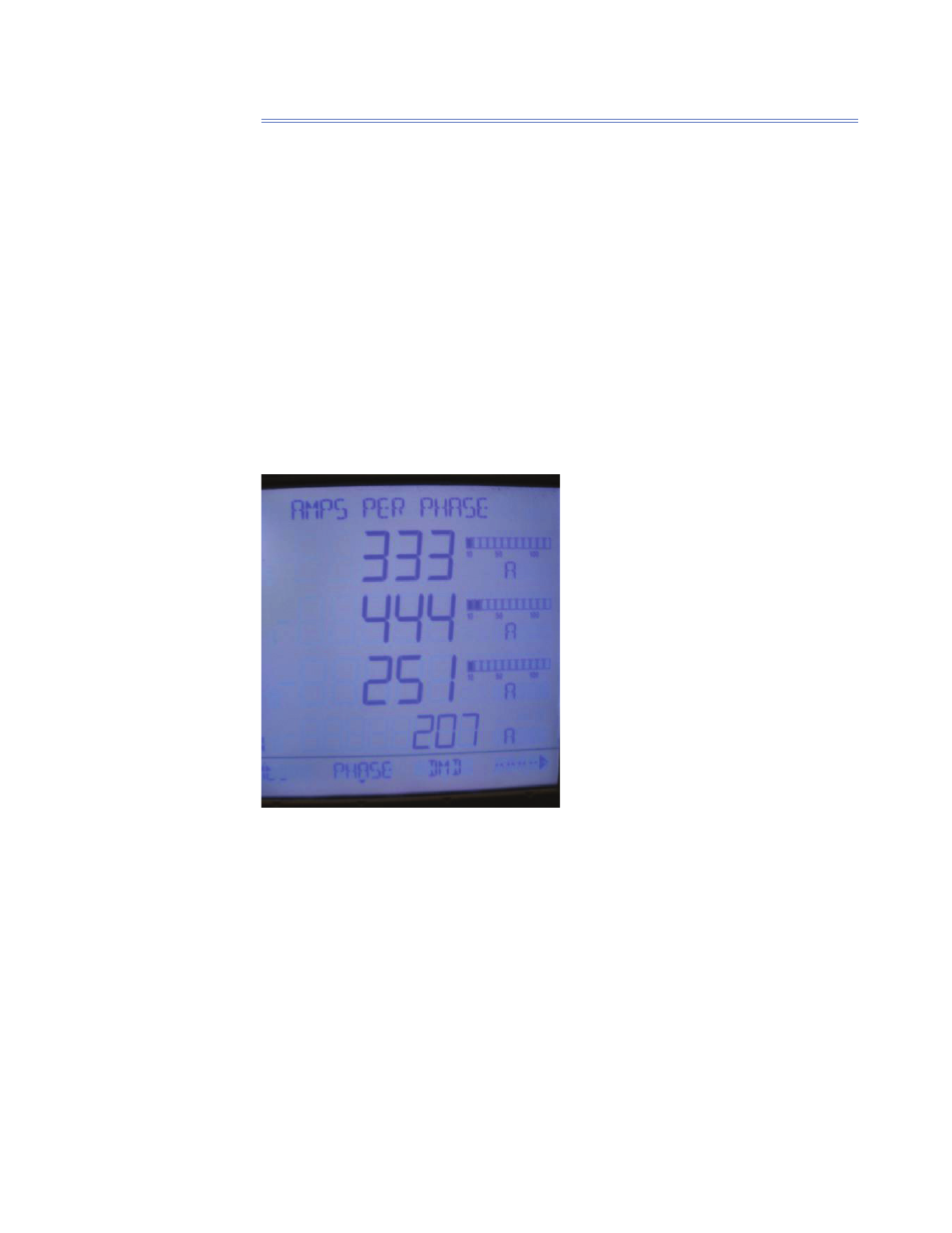Retrotec USACE User Manual
Page 236

D106 ENERGY & PROCESS ASSESSMENT PROTOCOL
D.6.3 Metering
D.6.3.1 Duplication or Excessive Metering of Use (Waste)
Meters used to monitor fl uid fl ow and temperature require instruments to be
placed in the moving stream of fl uid. As a result, they cause some resistance to
fl ow, which causes extra energy to be applied to the distribution system for the
creation of the desired fl ow. Devices that measure the rate or quantity of fl ow
require a turbine blade to turn, a pressure drop through an orifi ce or nozzle,
and a positive displacement of bellows all have a signifi cant pressure loss. An-
other issue with excessive metering is that all meters have a degree of accuracy
of, generally, 1–5%. They all need some degree of calibration to keep them
performing properly. If a large number of meters are found on a system, it is
unlikely that all readings will correlate with each other—the sum of the branch
readings will not equal the reading of the total amount produced.
D.6.3.2 Electrical Load Phase Imbalance
Figure D166. Example of difference in loads
on the three-phase electrical power ranging
from a low of 251A on C-phase to a high of
444A on B-phase.
A signifi cant difference in the load on the three-phase electrical power results
in a higher peak demand load on the building electrical meter, the motors
having to “work harder” and draw a higher amperage, and potentially losing
equipment as it drops offl ine or circuits are overloaded and breakers trip
(Figure D166).
